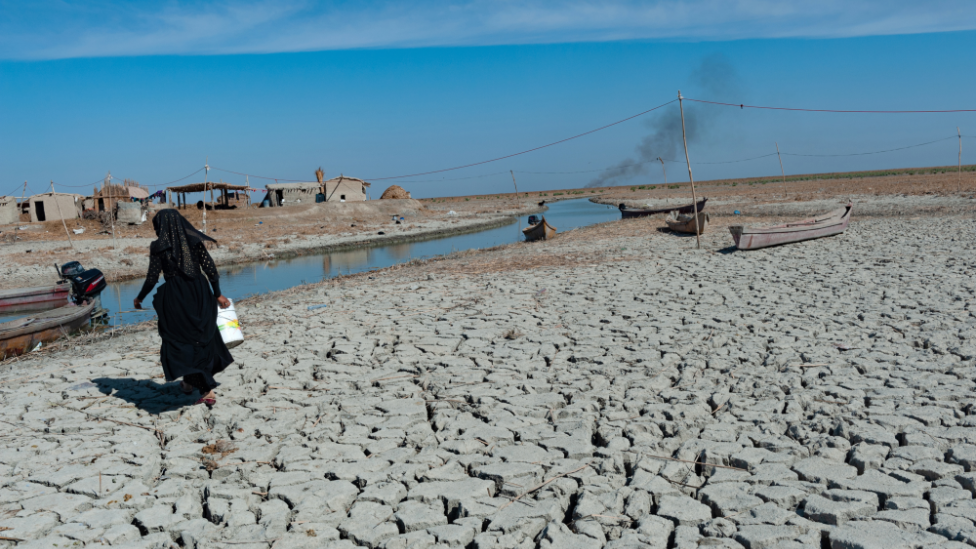One of the things the Middle East and North Africa region is famed for is its housing of some of the world’s largest oil producers and oil reserves. Ironically, it is also home to several vulnerable communities that the ills of climate change have plagued. Luckily, countries in the region have recently begun massive adoption of blockchain technology across various sectors. The question on everyone’s lips now is if this technology can be used for climate change reduction. This article responds in the affirmative by examining five significant ways to use blockchain in MENA sustainably.
What are how MENA uses Blockchain for Climate Change Reduction
- Climate Change Reduction Funding
It is common knowledge that blockchain is the technology behind cryptocurrencies. With the widespread acceptance of cryptocurrencies in MENAA, investors have found it easy to crowd-fund and advance peer-to-peer learning for supporting climate change financing. Some cryptocurrency tokens have been created as projects to fund climate change reduction. Companies like Poseidon and Climatecoin are great blockchain-based climate funding platforms operational in the MENA. Other investors use intelligent contracts and various climate-friendly projects, which can help reduce the environmental impact
-
Carbon Footprint Tracking
Blockchain in the Middle East and North Africa can be used for carbon tracking for the carbon waste of individuals and companies. Blockchain uses decentralized ledger technology, which can create an immutable record of all emissions and offset and even carbon reduction efforts by each player. That way, government and stakeholders can monitor carbon footprints and make decisions for achieving reduction targets and promoting carbon reporting. Some carbon tracking technologies are in use and can be adopted in MENA, such as Veridium and CarbonX.
-
Supply Chain Management
The whole idea of supply chain management is to monitor all products and services’ emissions and climate activities right from when they are manufactured until the final customer. Blockchain thrives on transparency and is a perfect technology for recording all supply transactions. This technology can be reviewed by a body of professionals to ensure that the standards and certification for sustainability are met till the product or service is consumed. Countries in the MENA are already adopting supply chain technology such as Viant and Provenance.
-
Carbon Credit Management
Carbon credits are gaining massive popularity, with several countries looking to offset their emissions. Blockchain allows a secure and transparent trade in carbon credit. A digital ledger of carbon credits can be created to track and trade. Companies are aware of this availability, and transparency will be encouraged to reduce their carbon footprints and decrease the high dependency on greenhouse gases for alternative renewable solutions.
-
Development of Smart Contracts
Intelligent contracts are precise as they sound; they are used for the automatic agreement and execution of contracts between parties. Smart contracts are a by-product of blockchain technology, and they are a great way to facilitate environmental agreements to reduce climate change in MENA.
Conclusion
Indeed, it is encouraging to see countries in the MENA region stepping up to the climate change reduction task. It is crucial that when sustainability has come to play an essential role in humanity, countries worldwide take a lesson from MENA’s book and adopt long-lasting solutions to encourage climate reduction.




























